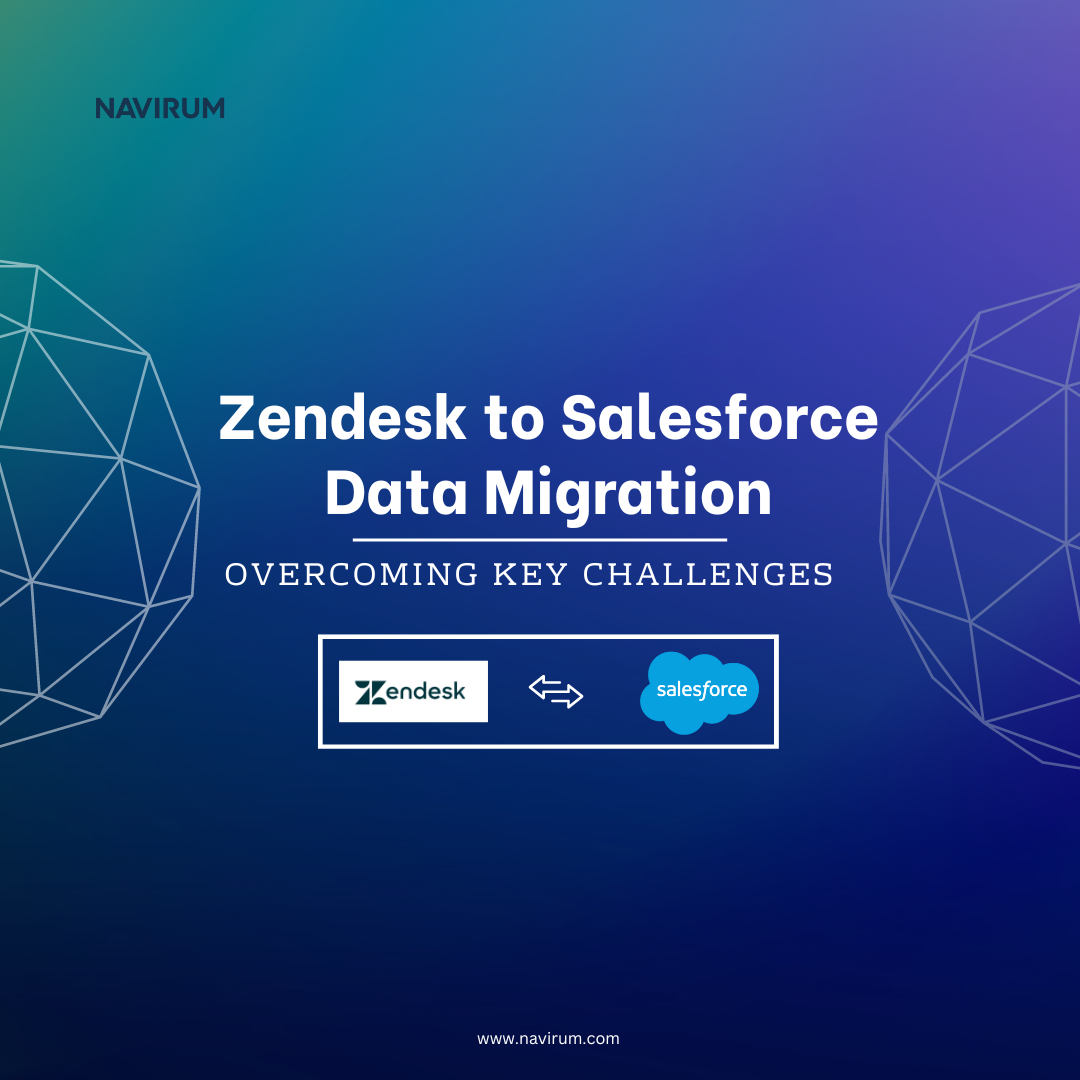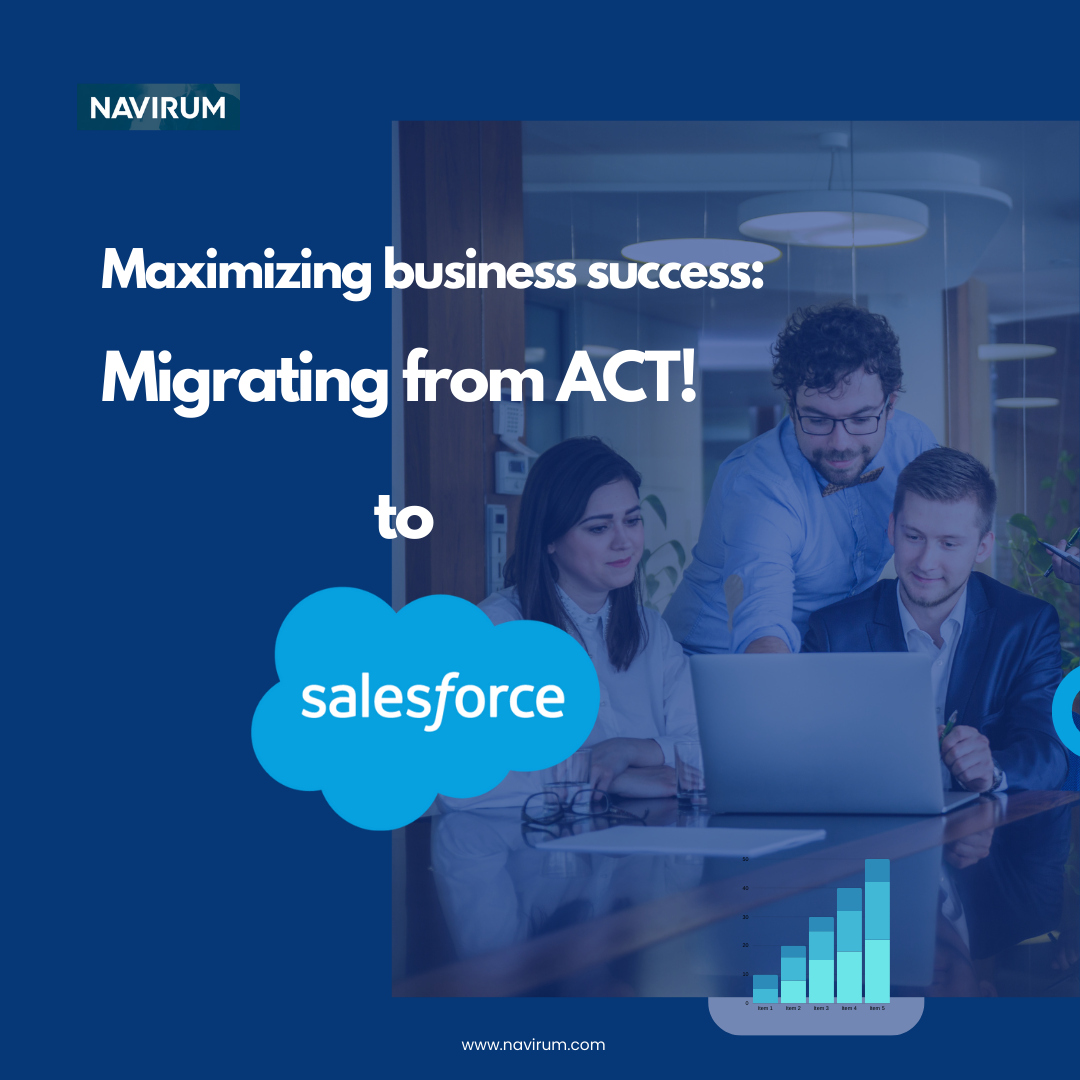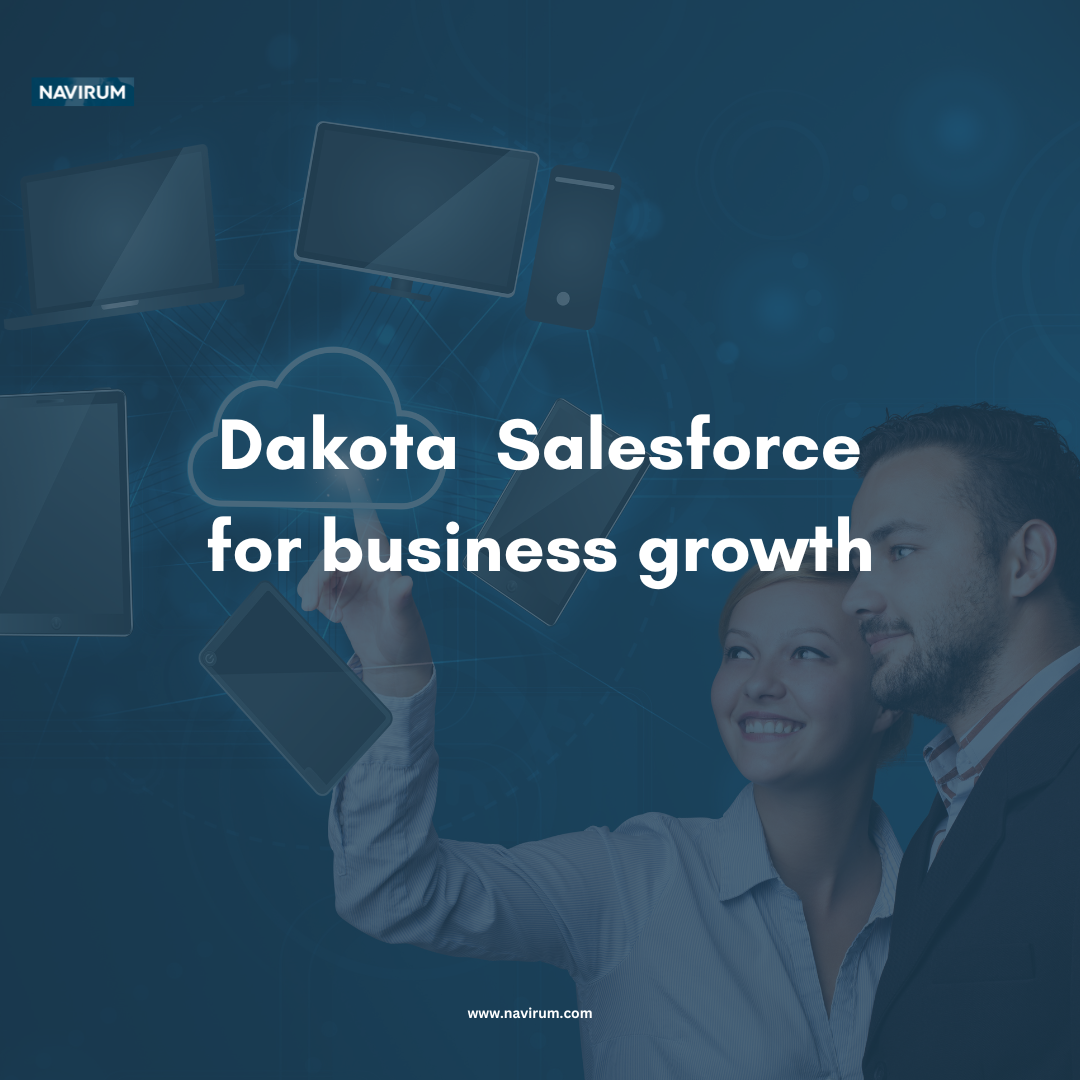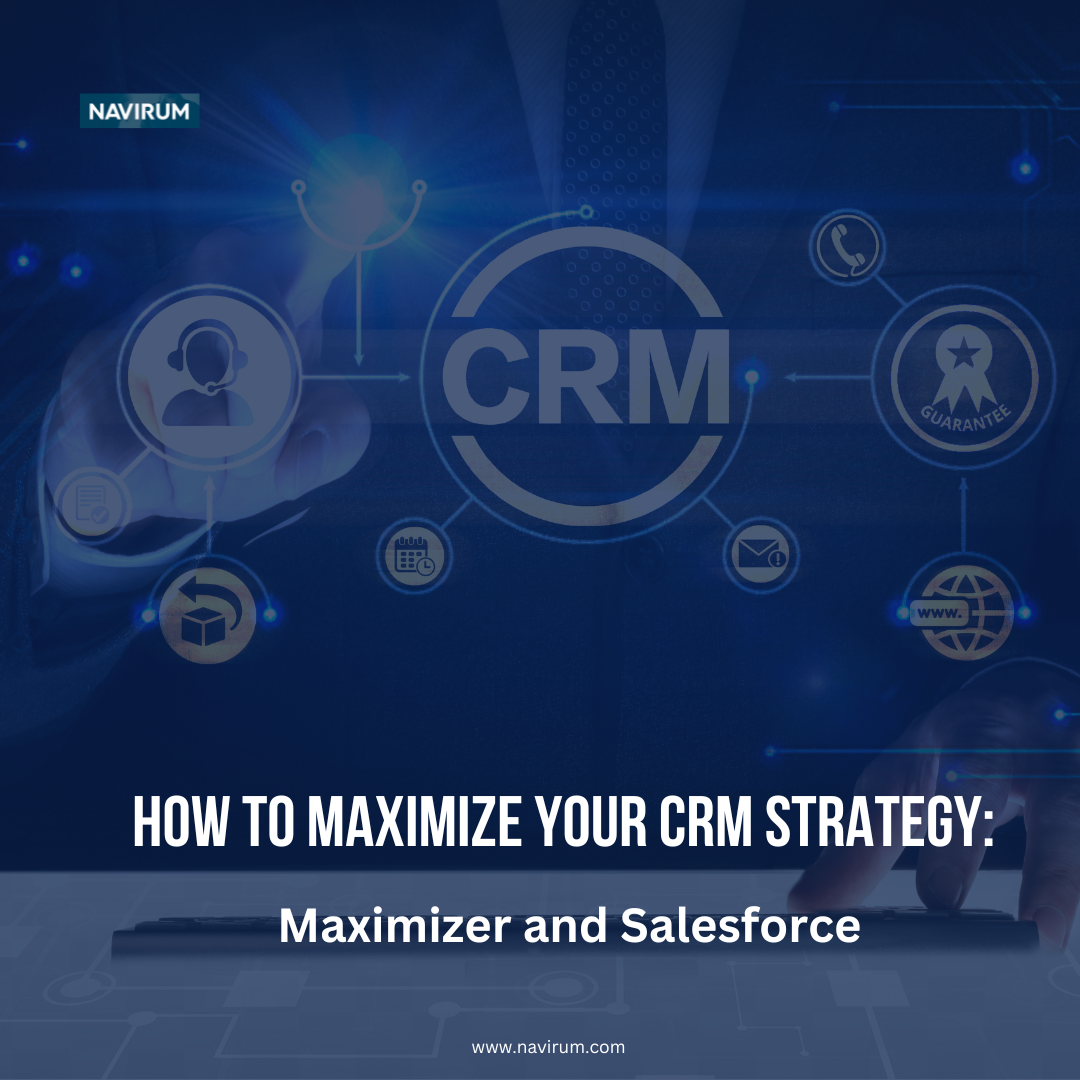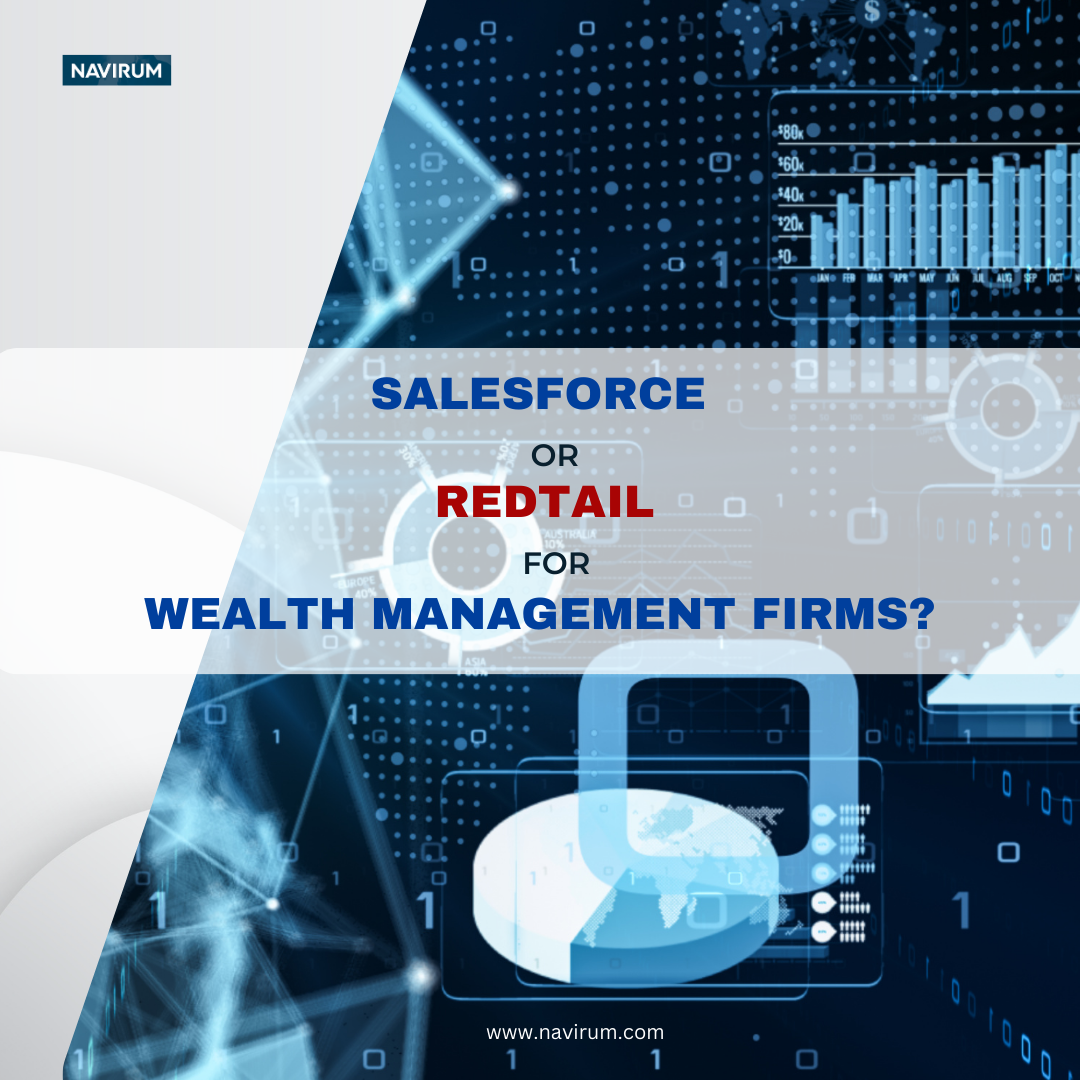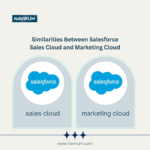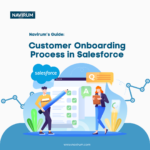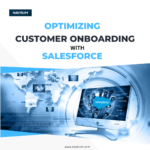In the ever-evolving landscape of wealth management and financial advice, staying ahead of the curve is crucial for success. At Navirum, we understand the challenges that wealth managers face in adapting to new technologies, processes, and market dynamics. That’s why we advocate for the implementation of a robust change management strategy to facilitate smooth transitions and drive positive outcomes for both advisors and clients. Therefore, here’s why every wealth manager needs a change management strategy:
- Adapting to Technological Innovation. The wealth management industry is undergoing a digital transformation, with technology playing an increasingly pivotal role in client engagement, portfolio management, and operational efficiency. From adopting CRM platforms like Salesforce to integrating advanced analytics and artificial intelligence tools, wealth managers must embrace technological innovation to remain competitive and meet the evolving needs of their clients.
- Enhancing Client Experiences. Today’s clients expect personalized, seamless, and convenient experiences from their wealth managers. A change management strategy can help wealth managers effectively implement new technologies and processes to enhance client interactions, streamline communication channels, and deliver tailored financial advice that meets clients’ unique goals and preferences.
- Driving Operational Efficiency. Change management is not just about adopting new technologies—it’s also about optimizing existing processes and workflows to drive operational efficiency and productivity. By standardizing processes, automating routine tasks, and empowering employees with the necessary skills and tools, wealth managers can reduce administrative burden, minimize errors, and focus more on value-added activities such as client relationship building and strategic planning.
- Mitigating Resistance to Change. Change can be met with resistance, whether it’s from employees hesitant to embrace new technologies or clients wary of disruptions to their established routines. A change management strategy helps identify potential barriers to change and develop proactive communication, training, and support initiatives to address concerns, build buy-in, and foster a culture of innovation and continuous improvement.
- Ensuring Regulatory Compliance. In an increasingly complex regulatory environment, compliance is non-negotiable for wealth managers. A change management strategy ensures that regulatory requirements are effectively communicated, understood, and implemented across the organization, reducing the risk of compliance breaches and safeguarding clients’ interests.
Change management strategy is essential for wealth managers navigating the shifting dynamics of the wealth management industry. By embracing technological innovation, enhancing client experiences, driving operational efficiency, mitigating resistance to change, and ensuring regulatory compliance, wealth managers can position themselves for success in today’s rapidly evolving landscape.
We’re here to help wealth managers develop and implement tailored change management strategies that drive positive outcomes for their businesses and clients. Let’s embark on this transformative journey together!

